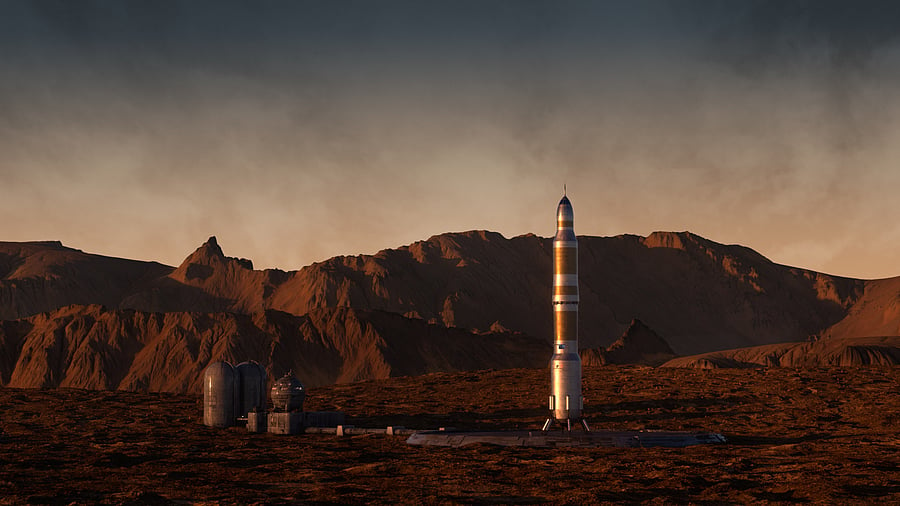
Representative image.
Credit: iStock Photo
Russian scientists have claimed to have developed a prototype plasma electric rocket engine that can reach Mars from Earth within 1-2 months.
According to reports by Interesting Engineering, this engine utilises a magnetic plasma accelerator as its propulsion system as opposed to the fuel combustion engines that are usually used.
“A plasma rocket motor is a type of electric motor. It is based on two electrodes. Charged particles are passed between them, and at the same time a high voltage is applied to the electrodes,” Egor Biriulin, a junior researcher at Rosatom’s scientific institute in Troitsk, told Izvestia.
“As a result, the current creates a magnetic field that pushes the particles out of the engine. Thus, the plasma receives directional motion and creates thrust,” he added.
Alexei Voronov, first deputy general director for science at the Troitsk Institute, told Izvestia, "In traditional engines, the maximum lapse rate of matter is about 4.5 km/s. This is due to the conditions of fuel combustion. In contrast, in our engine the working body is charged particles that are accelerated by an electromagnetic field, which makes it possible to achieve much higher speeds."
According to him, thanks to the new propulsion systems, the time of spacecraft flight to Mars will be reduced to one or two months (depending on the size and weight of the ship and cargo). Interplanetary trips are likely to become much faster too and locations beyond the Solar System might also become accessible.
Junior researcher of JSC 'SSC RF Trinity' Egor Biryulin said, "From the surface we still take off with the help of chemical engines, but here in space we are no longer carrying fuel, which is needed to accelerate our system, but we are carrying a small amount of gas in a cylinder and with this gas accelerate systems."
Once the extensive testing is completed, a flight model is expected to be ready by 2030.
